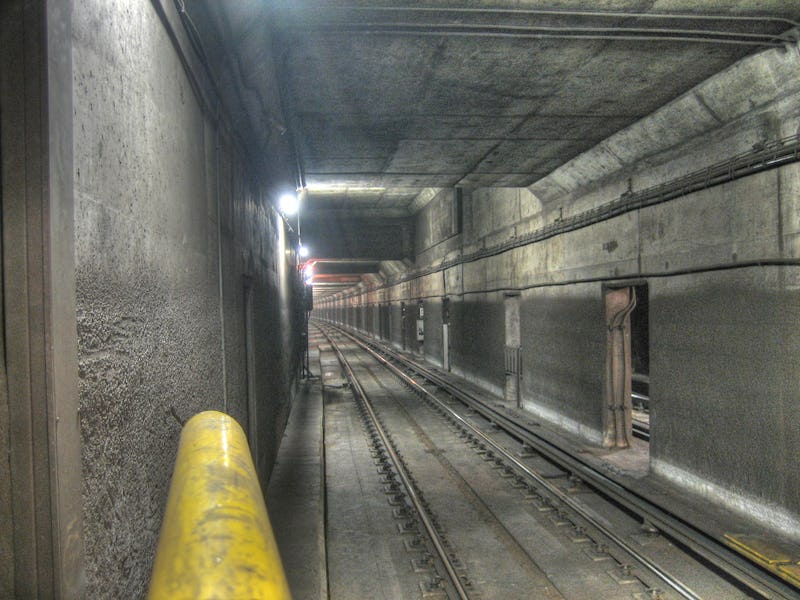The 3 Dumbest Public Transportation Projects Underway in North America
Infrastructure is fantastic -- except when it isn't.

Public transportation is the best. It reduces greenhouse gas emissions, makes cities accessible to everyone, and gets drunk people home safe. Given all of this, it might be tempting to think that any dollar spent on a public transportation project is a dollar well spent. Of course, this isn’t true. It would be lovely if every city and town had an unlimited budget for buses, streetcars, and subways, but in the real world there’s smart spending and then there’s really, really dumb spending.
Here are the three dumbest public transportation projects in North America and how they got that way.
Washington D.C.’s Streetcar Line
After years of delays, Washington D.C.’s $200 million H Street streetcar line is expected to start carrying passengers next year. But the public relations battle is already lost. As critics have pointed out: The streetcar line was destined to fail, it doesn’t have a designated lane. Streetcars are often seen as a public-pleasing middle ground between cheap-but-slow buses and pricey subways, but without a designated lane, streetcars are just as slow as buses — if not slower since they can’t maneuver around obstacles. Let’s put this in perspective: The D.C. streetcar recently lost a race to a reporter on foot.
Giving streetcars their own lane is a political challenge, since car lovers make up a voting block that’s hard to ignore. But streetcars without a separated lane slow down buses and cars, proving that in some cases bad transit is worse than no transit at all.
Detroit’s Light Rail to Nowhere
The City of Detroit recently broke ground on a $140 million, 3.3-mile-long light rail line. It will serve a nearly deserted part of a bankrupt city and has been compared (unfavorably) to municipal swimming pools, which might actually do better in a cost-benefit analysis given that people actually use them. To put this in frightening context: The city doesn’t have enough ambulances.
The project is designed to revitalize the downtown, but it’s hard to imagine how commuters will be swayed to give up the convenience of driving in a city that’s uncongested and flooded with cheap parking. It will be a convenience for those who need to travel that particular stretch, but it’s unlikely that it will see enough ridership to come even close to covering costs. Detroit’s other rail line, the Detroit People Mover, has been called a “horizontal elevator to nowhere” and a “rich folks’ roller coaster.”
Toronto’s Three Stop, $3 Billion Subway
Remember Rob Ford, former mayor of Toronto? His penchant for smoking crack earned him notoriety, but his other failings will have a much more harmful impact on the residents he claimed to serve. Ford went to pains to kill an ambitious $8 billion plan to create a network of light rail serving many areas of the city.
His motto, “Subways, subways, subways,” had little to do with providing top-notch public transit, and everything to do with leaving as much infrastructure for private vehicle traffic as possible. “Ladies and gentlemen, the war on the car stops today,” he told reporters after the transit plan was scraped.
The sunk costs on just one section of the light rail in the city’s west end, on which work had already begun, were at least $100 million. That seven-stop section of track is to be replaced with a three-stop subway, at a cost of $3 billion. And it actually gets worse — the $8 billion for the planned network of light rail had already been pledged in full by the provincial and federal governments. With that plan scrapped, the Toronto taxpayers will be on the hook for large chunks of new subway plan. Just for that three stop subway in the west end, the city will be expected to cover the tab for about $1 billion. Ouch.